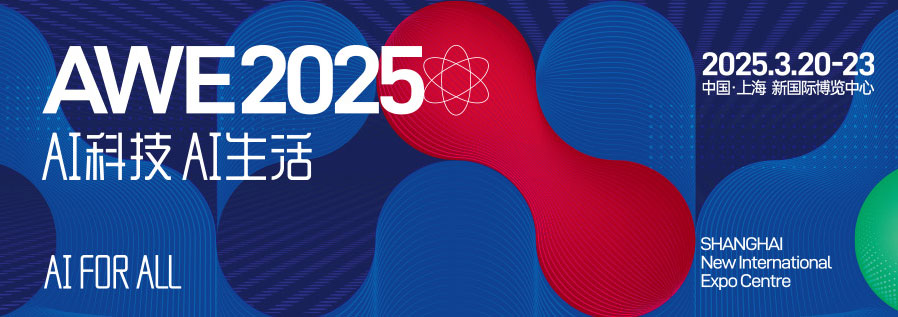Performance of China’s air conditioner industry in FY2023
Source: CHEAA-run China Appliance magazine
Looking at the FY 2023 (from August 2022 to July 2023) or the so-called Cold Year 2023 of China’s air conditioner industry, we see a clear divide between two stages. The first stage started from August 2022 to January 2023 where tightened pandemic control further restrained the market demand and the production scheduling. The second stage started from February 2023 to July 2023 where the revenge spending of consumers after China optimized its COVID-19 prevention and control measures in early 2023 and the nationwide high-temperature weather led to a rise in production scheduling of air conditioner enterprises month by month to keep up with the surging market demand.
Compared to the rollercoaster shipment performance of the domestic market, the exports of China’s home appliance industry did not rebound until the last two to three months of Cold Year 2023 when the global high-temperature weather and the decreased shipping prices kicked in. The domestic retail sales performance of air conditioners has been snowballing for three months since April, resulting in a tight supply of upstream components such as compressors.
Here is a set of data. The total shipment of China’s air conditioner industry stood at 167 million units for FY2023, up 9.2% YoY, reaching a historic high, according to ChinaIoL.com. Among them, domestic shipment reached 102 million units with a rise of 16.9% YoY, hitting the 100-million-unit milestone for the first time, while export volume stood at 65.913 million units, down 0.8% YoY. Data from All View Cloud show that, the domestic retail sales volume of air conditioners at the Chinese market stood at 61.29 million units in FY2023, up 9.1% YoY, which was not as good as the retail sales performance of the sector in FY 2019.
In a nutshell, while the export volume remained the same level of last year, China’s air conditioner industry saw a record-breaking shipment for the domestic market in FY2023, but domestic retail sales did not set a record though strongly boosted by extremely high temperature weather. What happened?
The high-temperature weather of last summer caused a supply shortage of air conditioners especially middle- to low- end models in the beginning of FY2023. This, coupled with the consumption recovery after China optimized its COVID-19 control and prevention measures in early 2023 as well as the forecast of high-temperature weather ahead, gave the dealers full confidence to replenish their stocks, leading to a drastic increase in the shipment of air conditioners particularly when the base of last year was low. But it’s worth noting that this did not really reflect the actual situation at the retailing end. In fact, retail sales of most home appliances have been sagging in H1 2023. If we took out the influence of high temperature, the market demand for air conditioners did not improve.
The only exception is the third- and forth-tier market where the ownership of air conditioners is lower than that of refrigerators and washing machines. Data from multiple sources show that, the retail sales of air conditioners grew by 40%-70% YoY at lower-tier market in FY2023. For H1 alone, sales value of air conditioners accounted for more than half of the combined sales value of home appliances at third- and forth-tier market. But it’s worth noting that what propped up the fast growth are mostly low-end air conditioners from unknown brands. Many of them are not even within the monitoring scope of any statistics.
Besides, it’s out of many people’s expectation that the retail sales of air conditioners in the domestic market fell off a cliff in hot July, bringing down the growth of retail sales of the year. It is not only a major reason behind the lower-than-expected retail sales scale, also an alert for the air conditioner industry in the new financial year.
What are the future growth boosters of the air conditioner industry? Addressing consumers’ pain points is always the answer. Brands such as Haier and Gree put a highlight on solutions to maintain the air conditioner’s stability in use amid high temperature. Midea, Haier, Panasonic and Daikin expand the scenarios of air conditioners to the kitchen that saw persistent pain points but few solutions. Besides, Hisense and TCL are dedicated to health-oriented air conditioners by integrating multiple functions such as fresh air, disinfecting, and humidifying into one model to meet consumers’ demands for a healthy, quality life. Aux and Wahin target the demand of Gen Z, rolling out many smart and refined new products.
At the end of August, a number of listed home appliance companies such as Haier, Midea and Gree released their H1 financial reports which indicated two common points: (1) air conditioner business shored up their strong track record; (2) global market has become a strategic key of their business. My interviewee from Hisense Air Conditioner clearly states that, Hisense is fully advancing its globalization and it aims to make overseas market to account for the biggest share of its business through local operations.
In fact, the fast rise of high-traffic e-commerce platforms such as Douyin and Xiaohongshu has made them a key part of the emerging distribution channels. Data from multiple sources show that, sales value from high-traffic e-commerce platforms grew by nearly 300% in Cold Year 2023, which means these platforms will certainly be important channels to cooperate with for air conditioner enterprises.
Entering September, the confidence of air conditioner industry has been heavily dented after the overheat market exploited the market demand. They start to take a wait-and-see approach to schedule production and shipment. Without knowing what lay ahead, it’s better for the industry to seize the certainty of growth which is technological innovation to make their strategic deployment more solid.

